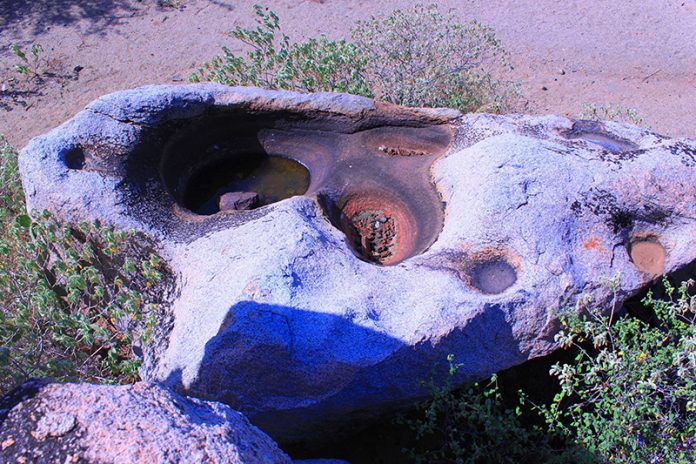Article by Etnia Nativa call us 592 2702 and book your experience!
Aruba’s Indigenous Cultural Heritage is meticulously researched, documented, presented and preserved by Etnia Nativa.
Our collection consists in objects displayed in a permanent exhibition. These objects, along with any relevant information pertaining to them, coven an era way beyond 9000 years ago and that lasted till today. Seashells, stone-and ceramic objects help tell the history of the Pre-Ceramic ancestors evidently (2,500 B.C.-900/1000 A.C.), the Caquietian Chiefdom (900/1000-1515 A.C.) and the indigenous peoples who lived during what is now known as the Historic Period (1515-1880 A.C.).
Our practice doesn’t differ to that of archaeologists and historians, “to leave things in their place to the guard of any alteration”, thus keeping archaeological details in their original place because in the near future and with the technological advance they could carry out more sophisticated studies and thus obtain more accurate data on how our ancestors lived. Based on the concept “to leave things in their place…” Etnia Nativa pride itself on providing a welcome that emanates from Aruba’s ethnic roots and the now extinct agro-pottery culture. We also advocates for nature preservation, creativity and self-consciousness
We teach that typically a large stones with a smooth depression or bowl worn into the upper surface was enough to create life around. The bowl is formed whether by weather or by the continual and long-term grinding of materials by using a smooth hand-held manga, stone (aka: mano) for a proficient method of turning grains into flour. The laborious action consists of a horizontal grinding motion that differs from the vertical crushing motion used in a mortar and pestle. Deeper metate bowls indicate either a longer period of use or greater degree of activity. In traditional Amerindian culture, Qudi`s were typically used by women who would grind maize and other organic materials during food preparation. Making a sort of tortillas, cachapa or pan batí bread. Beyond grinding cereals, seeds and legumes, qudi`s where used to elaborate healing potions, grinding clay, milling fish bones, extract natural dye of vegetation and minerals and in the elaboration of ropes, an unimaginable ways of usage and applications. Sad is the unfathomable loss Island cultural heritage has suffers through illegal export to foreign collector’s during the late 70`s.
Qudi must be an old native name for our island`s native grinding stones, since in Papiamento it is called “Piedra di mula” (Pie` di mula) grinding stone. However the word qudi also means a depression or hole in a hard rock surface or bolder that can hold rain water for a longer time, which is till the next rain fall. qudi as waterholes, small sink holes in the flat lime stone floor where coral meets the rocky island and where little springs sometimes occurs. Now the qudi as a native Aruban milling stone is a symbol of sedentary survival that goes back thousands of years. One of Aruba`s native heritage symbols. Ancestral milling stone or qudi accompanied by its prefect shaped pestle or manga.q
To get to know more over Aruba’s its origins, flora, fauna and cultural heritage, we highly recommend this private cultural encounter session has been educating participants for decades. Mail us at etnianativa03@gmail.com or Whatsapp + 297 592 2702 for an amazing island hour.












